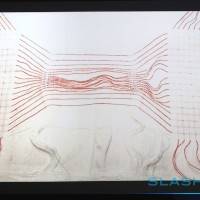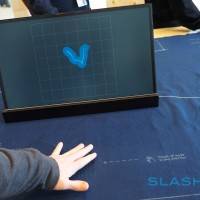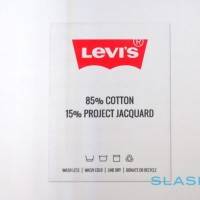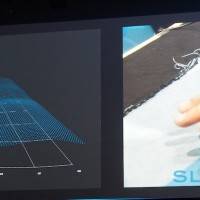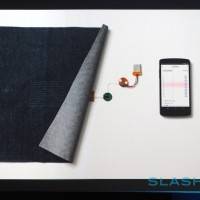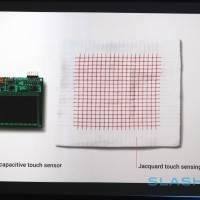
We somehow knew what to expect at the I/O 2015 but Google still blew our minds with the Project Jacquard. The ATAP team showed off a new fabric technology that can track touch. The aim of the Project Jacquard is to produce a conductive fabric that can sense, control, and react to touch. Conductive threads are nothing new but Google plans to go further with the Project Jacquard by doing a more extensive research and development plus partnership with names that matter in the fashion industry.
For this project, Google is partnering with Levi’s to make touch-sensitive clothes. The name Project Jacquard comes from Joseph Marie Jacquard, the French weaver, who invented the a mechanical loom(Jacquard loom) that could produce complexly-woven fabrics with patterns and designs. This Project Jacquard aims to bring touch goodness to fabrics. So if you want to control a device, you could control it from a trackpad built into a fabric, say for example, your clothes or the arm of a sofa.
Google demonstrated the project at the Google I/O, giving us an idea how the hi-tech fabric would work in the future. Someday, devices could be controlled using swipes and taps across your sleeve, trouser leg, dress, or maybe your pocket. Another use could be stuffed toys that could respond to touch for a more interactive play. We can say the project is about smart fabric technology which Google hopes to release commercially someday.
The idea had long been thought of by geeks but this is the first time that Google is venturing into the business. The company teamed up with Levi’s to bring a revolution into the textile world. Researchers working on the textile industry found out that conductive thread was made in one color and thickness. Google then started building industrial processes to create a highly-conductive core with colored silk threads. This is very much different from programming or basic printing of fabric.
Google first demonstrated a 20 meter roll of interactive surface and discovered another challenge: how to connect smart threads to electronics. The solution by ATAP was to localize patches and come up with a 3D weaving system that can create sections of interactivity and change direction in any color, size, or shape. The fabrics can be stretched and blended into a core material.
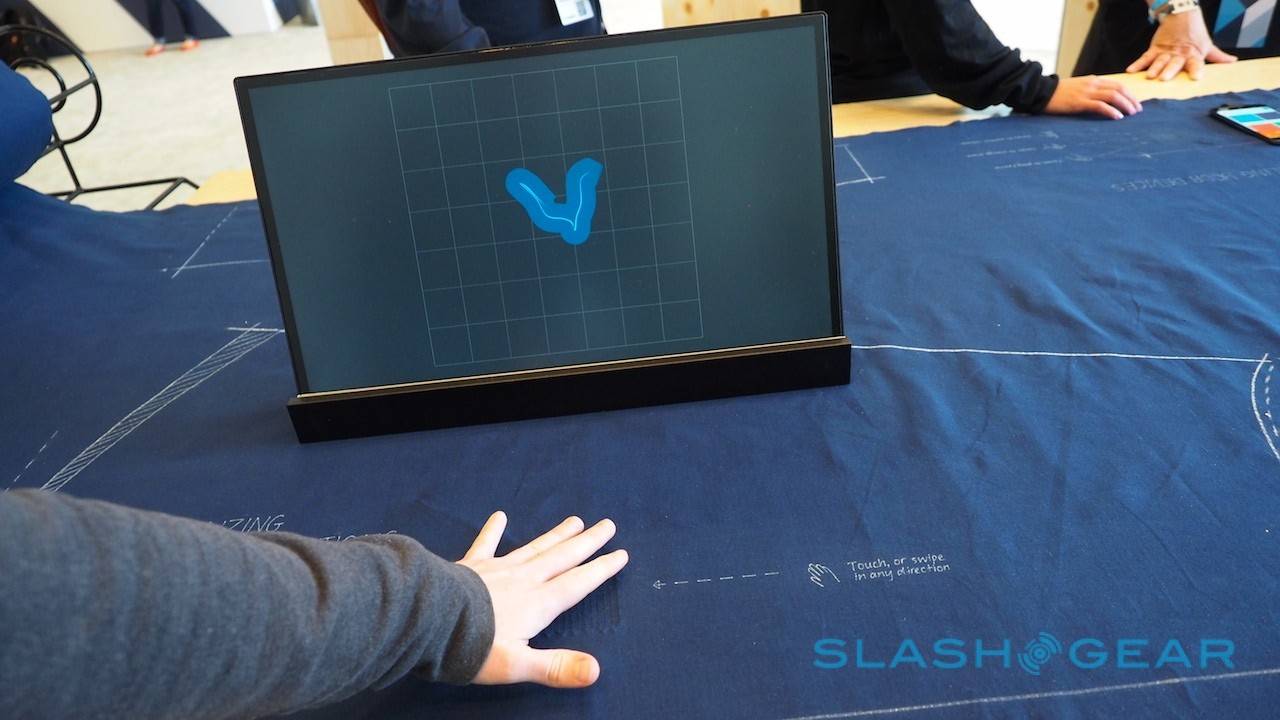
The idea was to make such patches recognize multitouch gestures, hands, and fingers. This project will never replace touchscreens but simply make smart fabrics as extensions of control surfaces. Someday, we’d be wearing clothes that could control gadgets or sit on couches that have touch arms as TV remote control.
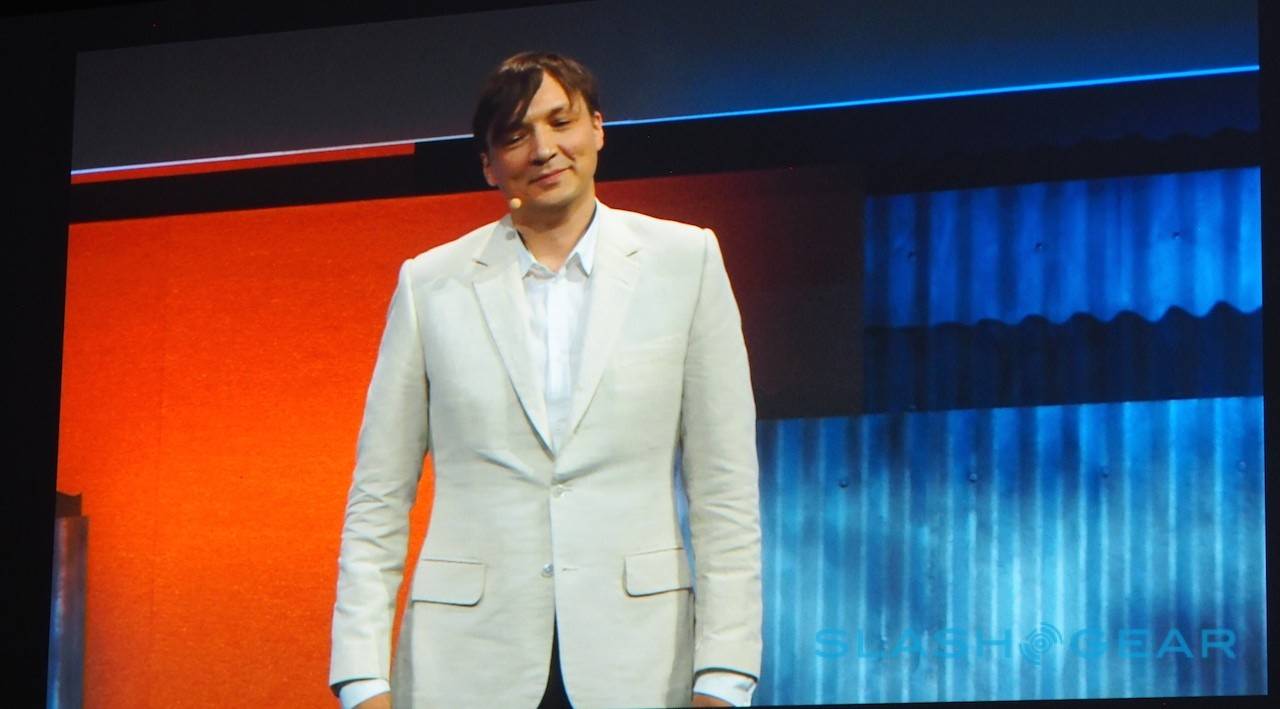
The companion electronics still need work but the fabric is almost ready. Ivan Poupyrev of Google ATAP was wearing a suit jacket with a touch-sensitive patch on the sleeve when showing off the project. The companion tech was placed in a secret zippered-pocket. Google partnered with Savile Row tailor in London, UK for a test and conductive fabric was delivered.
The partnership with Levi’s had Paul Dilliger explaining why the company is venturing in tactile garments. Instead of suits, Google and Levi’s plan to bring jeans tailored from conductive fabrics. It might be long before you could get such pair but the ATAP team and Levi’s are hoping to hear more suggestions from developers who saw the project at Google I/O. Google also wants these devs to be involved in the project. Who knows at next year’s Google I/O, attendees could be wearing smart shirts, jeans, or even socks. It’s an interesting project and we’re looking forward to further development.
VIA: SlashGear


